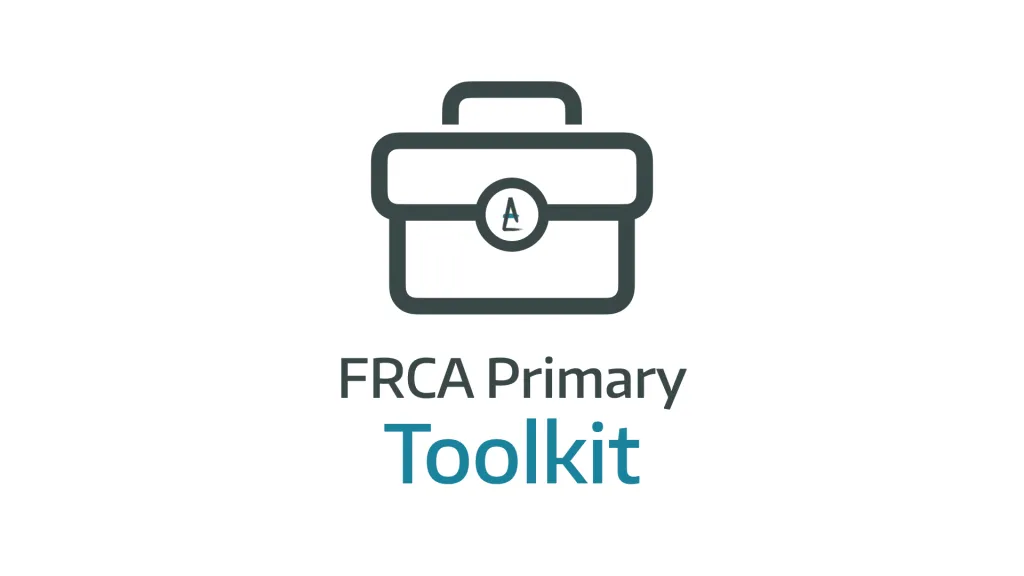Electroconvulsive Therapy

Take home messages
- ECT is safe and effective, with a unique anaesthetic approach
- Hyperventilation reduces seizure threshold
- You're usually doing ECT in a remote and unfamiliar environment
Podcast episode
This is literally mind-blowing
Whether it's a PlayStation, a PC or SVT, the treatment is the same - switch it off and on again.
Apparently two Italian psychiatrists decided back in 1938 that exactly the same approach should be taken with schizophrenia.
It was only by the 1960's however that we started to see routine use of anaesthetic agents and muscle relaxation for treatment of these seemingly hypovoltaemic patients, in order to address the rather unpleasant consequences of the following equation:
The use of anaesthesia was initially referred to as 'modified ECT', but it since has become standard practice and the WHO has thankfully banned unmodified ECT, what with it being monstrous and all that.
What are the indications for ECT?
- Acute catatonia (where IM benzos have failed)
- Life threatening depression (suicide or starvation risk)
- Drug resistant depression (or previously successful ECT)
- Mania not responding to first line treatment
ECT isn't usually employed for schizophrenia unless there's a significant depressive or manic element that would benefit from treatment.
It has also been used, paradoxically, for status epilepticus, in a kind of 'you call that a seizure? I'LL SHOW YOU A SEIZURE' approach that apparently works.
Does it work?

ECT seems to bring about a sustained remission of depression in between 60 and 80% of cases, but as you might expect - there's a high relapse rate.
Is it safe?
Seems to be - it's about as safe as dental anaesthesia, and less risky than psychotherapy or antidepressant medications when you look at mortality statistics.
When it does go wrong, morbidity and mortality is usually as a result of cardiovascular (MI, arrhythmia) or respiratory (laryngospasm, aspiration) problems.
What actually happens
You're essentially inducing a generalised tonic-clonic seizure in the hope that it resets defective neural pathways, and that's about as scientific as it gets.
- Usually patients have around 5 - 10 rounds of ECT, which is done twice a week
- Treatment electrodes are placed over the temporal lobes for bilateral therapy
- EEG monitoring electrodes are also required to monitor the induced seizure
- Unilateral therapy to the non-dominant hemisphere is possible if we're worried about significant confusion afterwards
What are we aiming for?
- A 15 - 20 second seizure
- This starts as a localised seizure and progresses rapidly to a GTC seizure over the course of around 5 seconds
A seizure lasting longer than two minutes might need terminating pharmacologically.
What other effects does it have?
Amazingly, firing bolts of lightning through the body's central control unit can have rather profound impacts on a few of the organs it's responsible for controlling.
CNS effects
- Increased intracranial and intraocular pressure
- Increased regional blood flow
- Increased oxygen consumption
- Increased glucose consumption
- Leaky blood brain barrier
- Headache
- Confusion
- Memory loss
Hardly surprising really.
Cardiovascular effects
- Parasympathetic surge - up to 15 seconds - bradycardia, hypotension, asystole all possible
- Sympathetic surger - several minutes - hypertension and tachycardia
- Increased myocardial O2 consumption
- Arrhythmias
- Myocardial ischaemia
- Cardiac rupture (very rare but has happened)
GI effects
- Nausea and generally feeling unwell
- Increased gastric pressure
- Dental damage
How do I anaesthetise for it?
You're aiming for very short, deep unconsciousness with decent muscle relaxation, and a rapid return to spontaneous breathing and awakening.
Easy peasy.
You want to be, or have access to, an experienced anaesthetist used to working in such a remote location.
Induction agents
- Propofol - 0.75-2 mg/kg
- Thiopentone - 1.5-2.5 mg/kg
- Ketamine - 0.7-2.8 mg/kg
- Etomidate - 0.15-0.3mg/kg
Opioid
Optional extra, seems to increase seizure duration but it's unclear if this is due to the opioid itself or the fact that you need less induction agent.
- Alfentanil - 10-20mcg/kg
- Remifentanil - (1mcg/kg)
Also helps reduce any haemodynamic responses.
Muscle relaxant
You don't need complete paralysis, as you're hopefully not intubating, you're just trying to avoid injury.
- Suxamethonium - 0.5-1.5 mg/kg
- Rocuronium - 0.3-0.6 mg/kg
- Atracurium - 0.3-0.5 mg/kg
The exam answer is that suxamethonium is the agent of choice as it has rapid onset and offset, with fasciculations to tell you when it's safe to deliver the shock.
In reality the combination of rocuronium and sugammadex is probably just as good, and the advice is always to use what you're most comfortable with.
Things to consider
- You're probably doing it in a remote, unfamiliar environment
- You need to make sure you have all the airway, monitoring and resus equipment you might need
- Know where the nearest ICU is
- History, exam and investigations as always, looking for significant cardiovascular and respiratory pathology, allergies and previous issues with anaesthesia
- Don't forget loose teeth!
The process
- Consent and fasting status check
- IV access
- Full anaesthetic monitoring
- Preoxygenation
- Induction and muscle relaxation
- Brief ventilatory support*
- Bite block insertion
- EEG and ECT electrodes applied
- Shock delivered
- Support ventilation during clonic phase until breathing adequately
- Remove bite block after seizure activity stops
- Ensure airway adequately supported
- Transfer to recovery
*Hyperventilation immediately prior to shock delivery reduces the seizure threshold and prolongs duration of the seizure.
Remember their other meds
Psychiatrc medications are strange beasts and can have a variety of side effects and interactions, especially the ones that we don't understand fully.
- TCAs cause postural hypotension in older patients
- They can also widen the QRS and prolong the QT interval
- Indirect sympathomimetic agents mixed with TCA and MAO inhibitors can cause severe hypertension
- SSRIs can cause serotonin syndrome
- Lithium can lead to nephrogenic diabetes insipidus
Mental health and consent
Tricky one this, given you're usually treating patients with severe psychiatric illness that renders them either at risk to themselves, or unable to make informed capacitous decisions about their medical care.
- Capacity needs to be thoroughly assessed in the consenting process
- An independent advocate for the patient is often involved to assist with the consenting process
- Family consent is desirable but not legally necessary
- If the patient is not detained and not resisting treatment, but cannot consent, then you can use Incapacity legislation
- Otherwise the patient may be treated under the Mental Health Act if they are being detained for mental health reasons
- An Advance Directive stating that the patient would not wish to undergo ECT would generally only be bypassed in a severe emergency with immediate threat to life
But usually this isn't your job as the anaesthetist.
Useful Tweets and Resources
Does Dexmedetomidine reduce succinylcholine induced myalgia in patients undergoing #ECT therapy?
— Indian Journal of Anaesthesia (IJA) (@IJA_web) June 16, 2024
Read the findings of this RCT in the June 2024 issue of IJA here: https://t.co/Gpi3RDx5C8 pic.twitter.com/64NtbLa6TQ
References and Further Reading


Primary FRCA Toolkit
While this subject is largely the remit of the Final FRCA examination, up to 20% of the exam can cover Primary material, so don't get caught out!
Members receive 60% discount off the FRCA Primary Toolkit. If you have previously purchased a toolkit at full price, please email anaestheasier@gmail.com for a retrospective discount.

Discount is applied as 6 months free membership - please don't hesitate to email Anaestheasier@gmail.com if you have any questions!
Just a quick reminder that all information posted on Anaestheasier.com is for educational purposes only, and it does not constitute medical or clinical advice.
